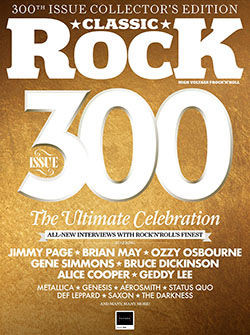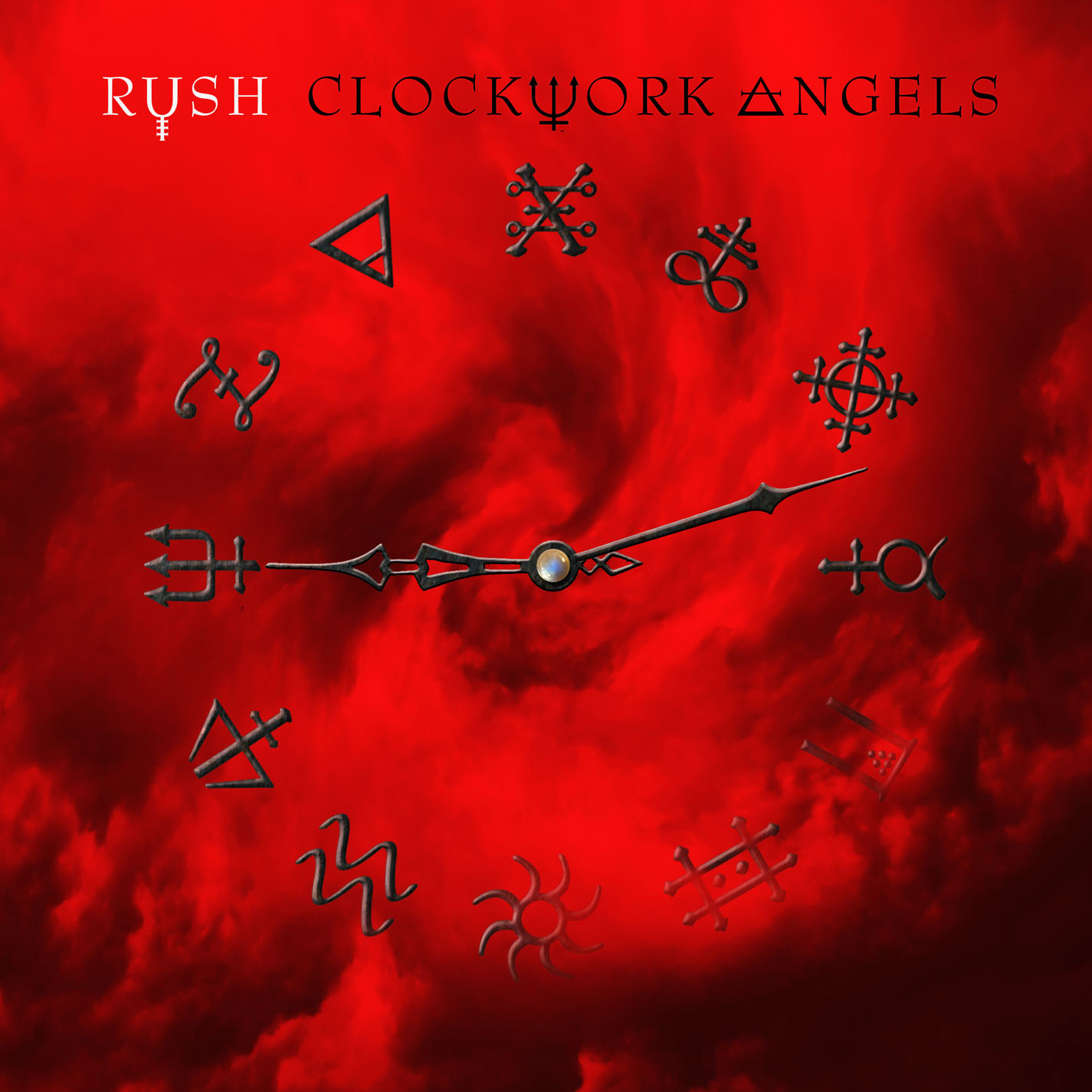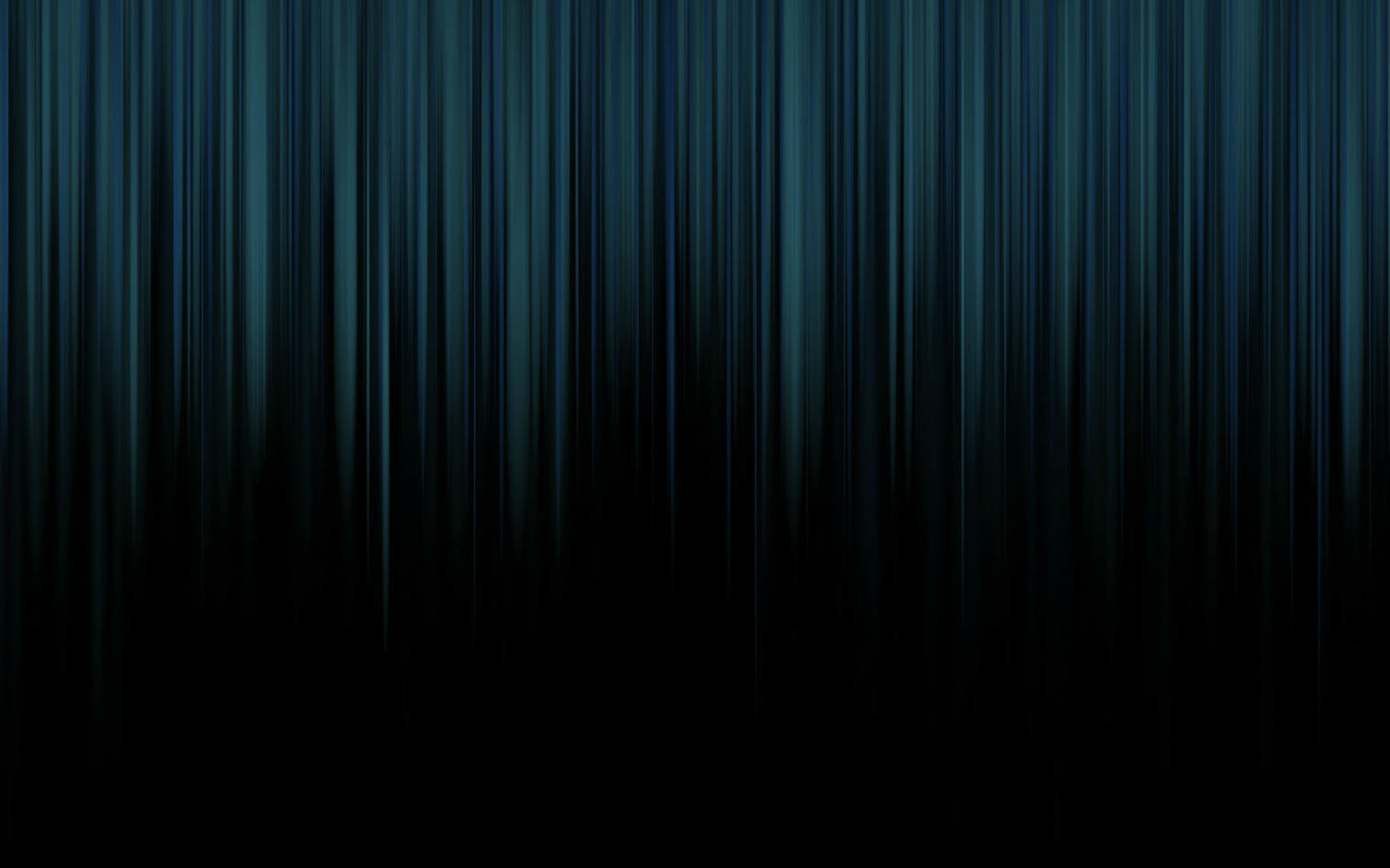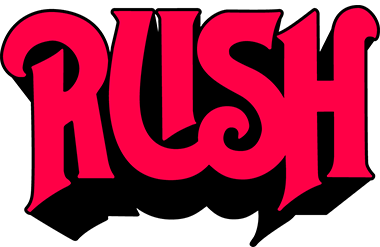
|
Classic Rock Magazine's 300 Issue April 2022 Interview by Philip Wilding Portrait by Mick Hutson |

Click to Enlarge
The former Rush singer/bassist, who is due to publish his memoir in the spring of next year,
talks us through his career highlights from the 20-plus years of Classic Rock’s lifetime.
Notable for looking forward, not back, Geddy Lee has gone through something of an exercise of introspection over the past few years. Since Rush retired in 2015, their former singer and bassist has kept himself busy, first with his acclaimed Geddy Lee’s Big Beautiful Book Of Bass, and then writing his memoir which is expected in the spring of 2023. There’s also the matter of his former band’s new beer, and the ongoing reissue campaign of their back catalogue. In 1998, however, as Classic Rock was brought screaming into the world, Rush were in a very different place, and about to become a different band altogether.
In 1998, after the death of Rush drummer and lyricist Neil Peart’s daughter the previous year, a lot of people thought Rush were finished as a band.
It was a shocking and awful time. Neil was destroyed, so all we cared about was being there for him and [his wife] Jackie. Did I think the band was done? My instinct said it’s unlikely he will want to go back to his previous life. But of course you don’t know for sure. So Alex [Lifeson, guitarist] and I just decided that we won’t talk about it until Neil’s ready, and in the meantime take stock and figure out what we should do with ourselves individually.
Is that what led to your first and only solo album so far, 2000’s My Favorite Headache?
A lot of that was Ben Mink [violinist on Losing It]. We used to jam at my house, and we started writing together, just to see what might happen. Then tragedy struck with Neil, and he took off for London because he couldn’t really bear to be in Toronto surrounded by all the memories of his daughter. During that time I started looking at doing a solo record. I decided it was the best thing to throw myself into work. It was a very odd time, because on the one hand I was breaking new ground doing my own thing, but there are moments on that record that are very Rush.
You finally reconvened as a band in 2001 to work on what would become Vapor Trails. It must have been a relief to be back together?
Oh, it was awesome. Within minutes we’re laughing and gabbing. Whenever we saw each other, it was like yesterday. Within five minutes we’re razzing each other and laughing and catching up. Everybody had been through a lot. No one more than Neil. But it was just like getting back on the bike.
And it had changed you as a band?
Absolutely. That first tour back as a band, different world. We took a different attitude on that tour; we were much more open and appreciative of the opportunity. Five years away from it took a lot of cynicism out of our behaviour. When we did our first gig after all those years, and were welcomed back so strongly, I think everyone was taken aback: “Wow, these people waited for us.”
And the tone had changed: it’s hard to imagine the old Rush with a cartoon dragon sipping a cocktail on an album cover, like you had for Rush In Rio.
No, Rush 2.0 was a different animal.
The Feedback EP you recorded for the R30 tour had that same sense of fun.
We wanted something new for that tour, but after fourteen months of making Vapor Trails – and it was incredibly difficult to make – the idea of going back into the studio, we just couldn’t bear it. And the idea of doing covers of the bands that inspired us was perfect. We didn’t overthink it – and if any band can overthink anything, it’s Rush.
Compared to the making of Vapor Trails, the sessions for 2007’s Snakes & Arrows album were a breeze.
That was our introduction to producer Nick Raskulinecz, and he was such a tonic. Such good energy, so funny. We were in this huge, rambling place near Woodstock and were only there to do the drum parts, but we were having so much fun we just stayed for the entire album. Snakes & Arrows and Clockwork Angels were probably the two most fulfilling recording experiences we’d ever had. It was the happiest period for the band since Permanent Waves [1980].
Although it was never the band’s intention, Clockwork Angels was a great record to bow out on.
Al and I were just talking about this the other night, how, from a personal chemistry writing vibe, it was the happiest collaboration we’d had since we were kids. From a songwriter’s point of view it’s probably the most accomplished piece of work we did in our entire history.
You’ve hooked up with Henderson Brewing to make a beer.
I mean, Rush fans like beer.
Henderson approached us during the pandemic and said if you’re interested then we’ll send fifteen beers to you and Alex, you can taste them and give us your notes. They came back with this golden ale, and we said: “Fuck, we like it!” Did you know the phrase ‘drinking beer is better than being hit in the head with a hammer’ can’t be put on a beer can? Me neither. But that’s a no-no. We did ask.
I’m guessing that was Alex’s suggestion. You two are still so close, aren’t you?
We recently went out to dinner, just the two of us, and we sat down, looked at each other and we did a high five. And it was just like I was sixteen again, driving my mother’s car with Al next to me. We were laughing in seconds. I don't have another friend like that in my life. That'll never change.
 The Top 30 Albums of Our Lifetime
The Top 30 Albums of Our Lifetime#4 Clockwork Angels; Rush
We said: "There are echoes of Rush's past - you can catch a sniff of Bastille Day here and an echo of Working Man there - but it looks forward far more than it looks back. Is Clockwork Angels the best album of the year? It'a too early to tell. The best album Rush have made? It's up near the top. The sound of a band who are entering their fifth decade more confident than ever before? Undoubtedly. And that, more than anything else, is the mark of true greatness."
Rush: Moving Pictures - 40th Anniversary
Impossibly good eighth studio album, now boosted by complete hometown live set.

Forty years old, yet still yesterday-fresh. When it was first released in 1981, Rush fans knew eighth album Moving Pictures was special. The previous year's Permanent Waves took a bold step forward, but its follow-up marked a sea change. Hindsight suggests the perceived epoch-ending Exit... Stage Left double live album came one studio work too late.
Fourth record 2112 will always be the cult favourite, but Moving Pictures is Rush's masterwork — and their biggest seller. Its seven tracks are so perfectly rendered and sequenced that it plays as a suite. Each track is so good, it's easier to suggest a weakest than a strongest. But even that's like deciding which eye to blind. Is it Witch Hunt, or the equally stunning Vital Signs? It certainly isn't Camera Eye, the epic travelogue of London and New York; the brilliant instrumental YYZ (the code for their home city Toronto's airport, remember); or the timeless genius of either Tom Sawyer, Red Barchetta or Limelight.
The £270 Super Deluxe Edition of Moving Pictures (it's reissued in multiple formats) includes three CDs, one Blu-ray audio disc, and five 180g black vinyl LPs —featuring the 2015 Abbey Road remasters (for the first time on CD) — plus a 44-page hardcover book with sleeve notes by Soundgarden's Kim Thayil, Primus's Les Claypool and Foo Fighter Taylor Hawkins. Or you might just want it for the model red Barchetta mounted on a plinth...
 The irresistible bonus, though, is the two-CD/six sides of vinyl Live In YYZ 1981 (included in more affordable 'basic' editions) — the complete two-hour set from the Toronto Maple Leaf Gardens show on March 25. At that point, Moving Pictures had only been in the shops for six weeks, but Rush sound supremely proficient playing all of it except Witch Hunt (saved for later tours). Camera Eye directly follows Beneath Between Behind from their second album to serve as a working definition of 'progression'. YYZ doubles in length thanks to Neil Peart's high-energy drum solo. And the whole band demonstrate the strength of the new material by confidently saving Red Barchetta, Tom Sawyer and Vital Signs until late in the set.
The irresistible bonus, though, is the two-CD/six sides of vinyl Live In YYZ 1981 (included in more affordable 'basic' editions) — the complete two-hour set from the Toronto Maple Leaf Gardens show on March 25. At that point, Moving Pictures had only been in the shops for six weeks, but Rush sound supremely proficient playing all of it except Witch Hunt (saved for later tours). Camera Eye directly follows Beneath Between Behind from their second album to serve as a working definition of 'progression'. YYZ doubles in length thanks to Neil Peart's high-energy drum solo. And the whole band demonstrate the strength of the new material by confidently saving Red Barchetta, Tom Sawyer and Vital Signs until late in the set.
The very occasional mix glitch might explain why the band plumped for tapes from Montreal (two days later) instead to fill most of Exit Stage Left, but today, the third-night-in-our-home-city atmosphere easily surmounts any perceived shortcomings. The world isn't short of Rush live recordings, but it can certainly stand one more called Live In YYZ. In all, this reissue is a genuine treasure.
■■■■■■■■■■ Neil Jeffries

